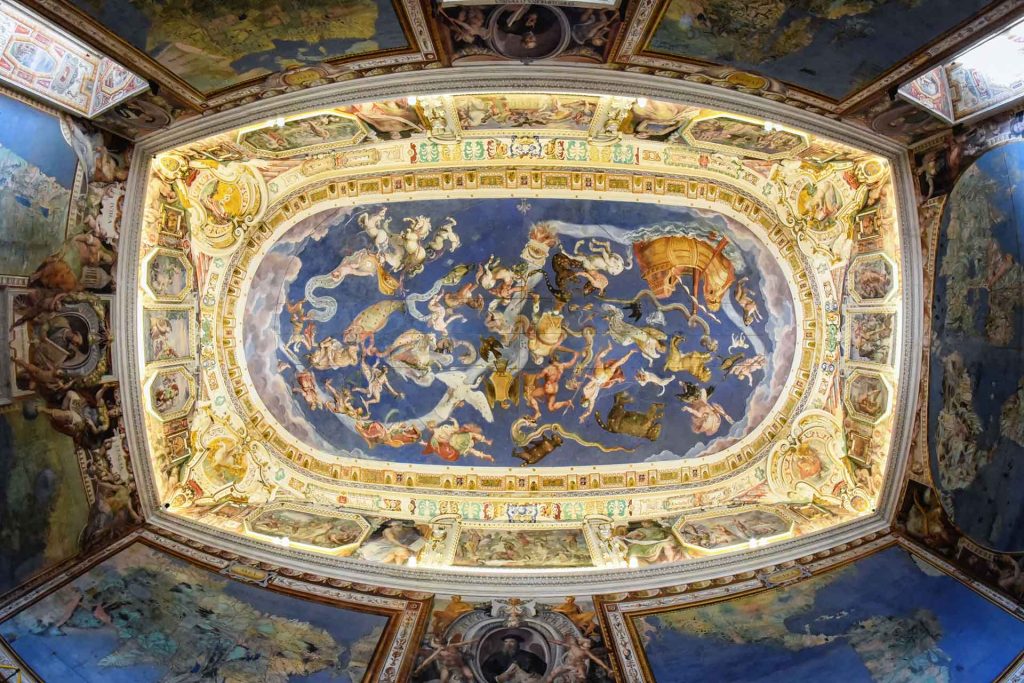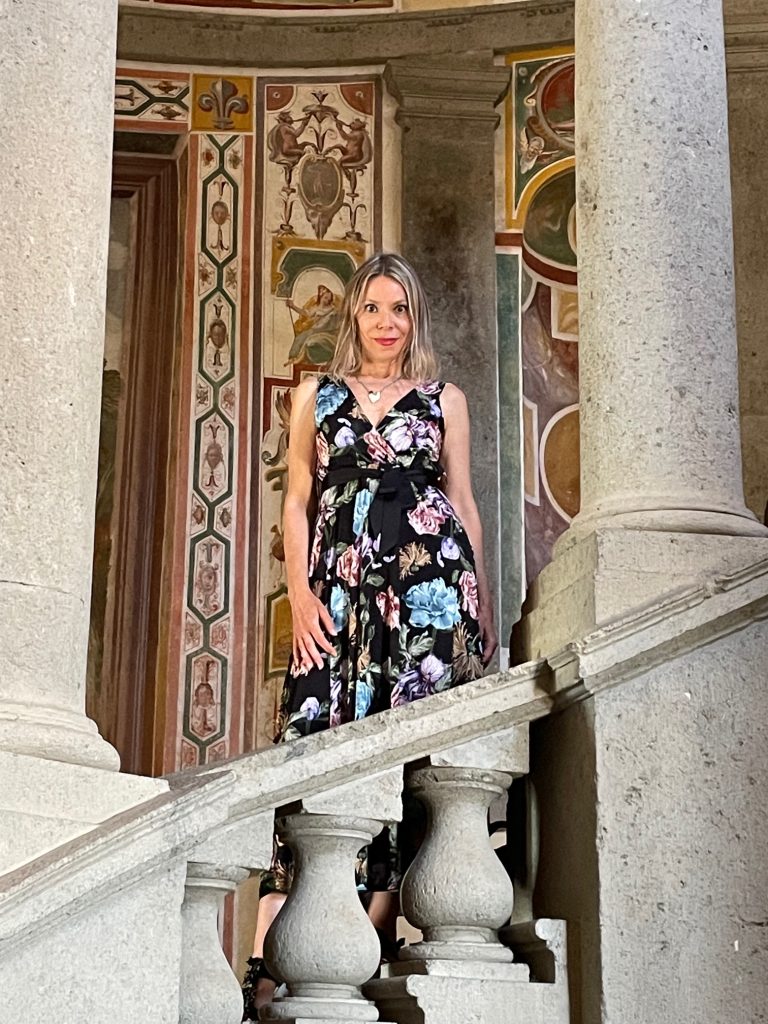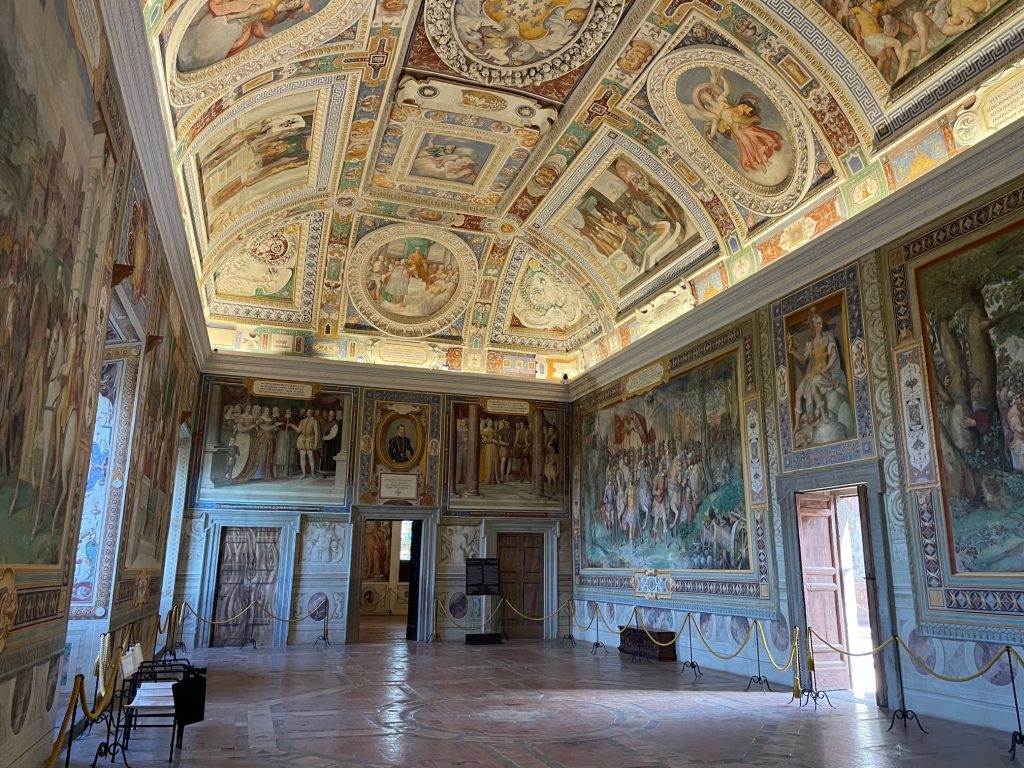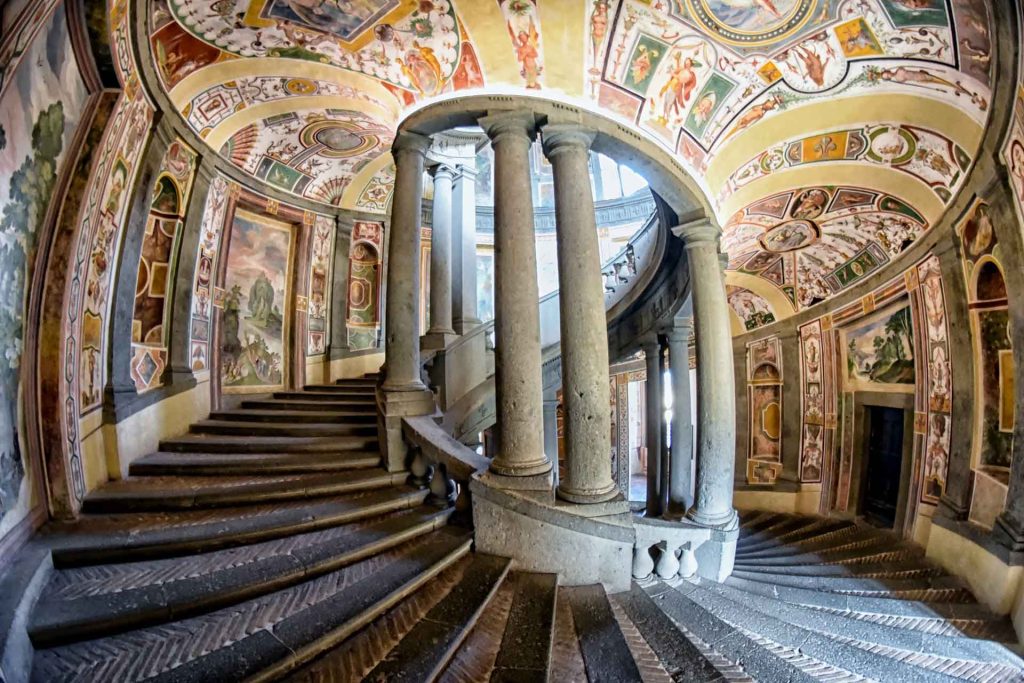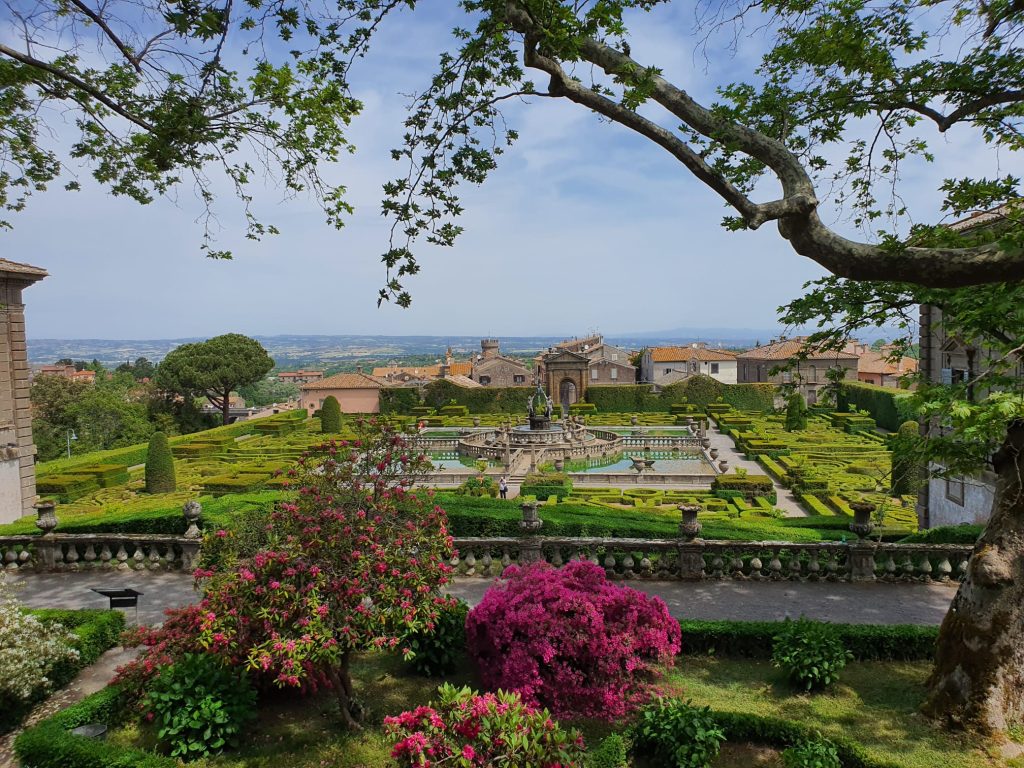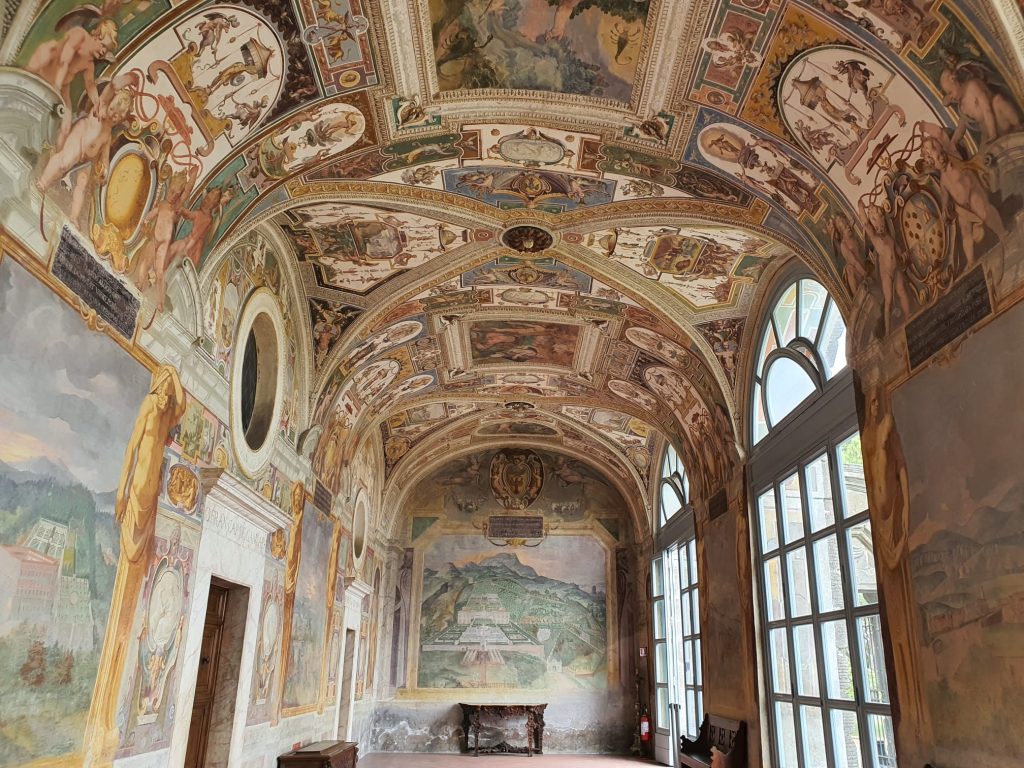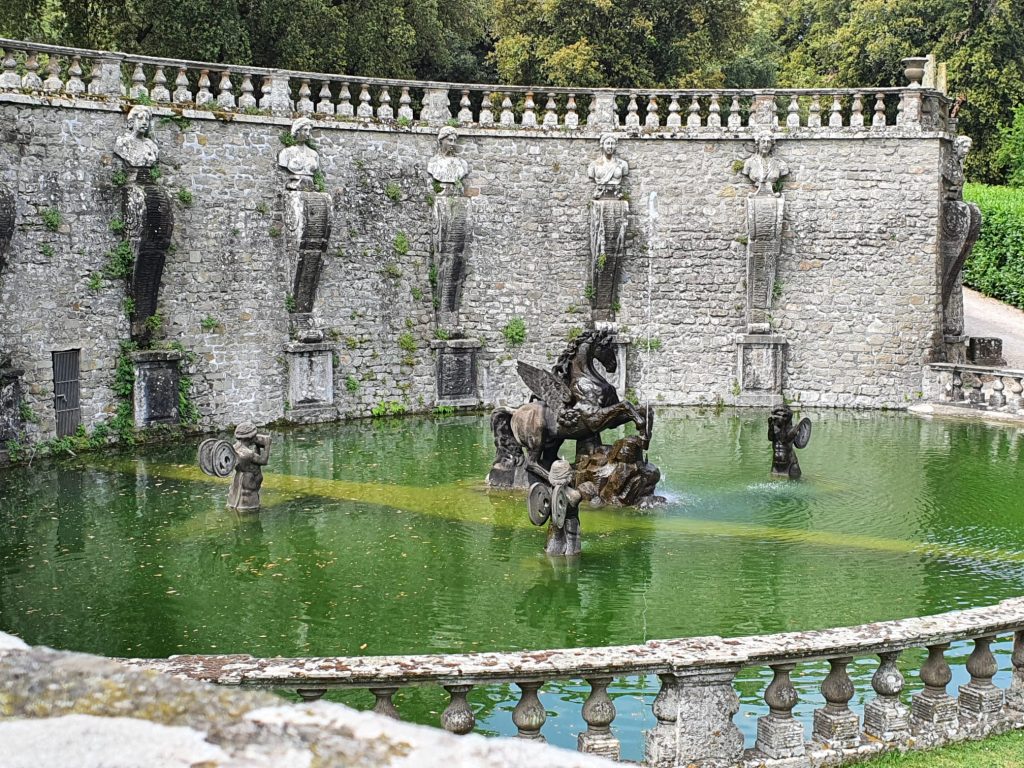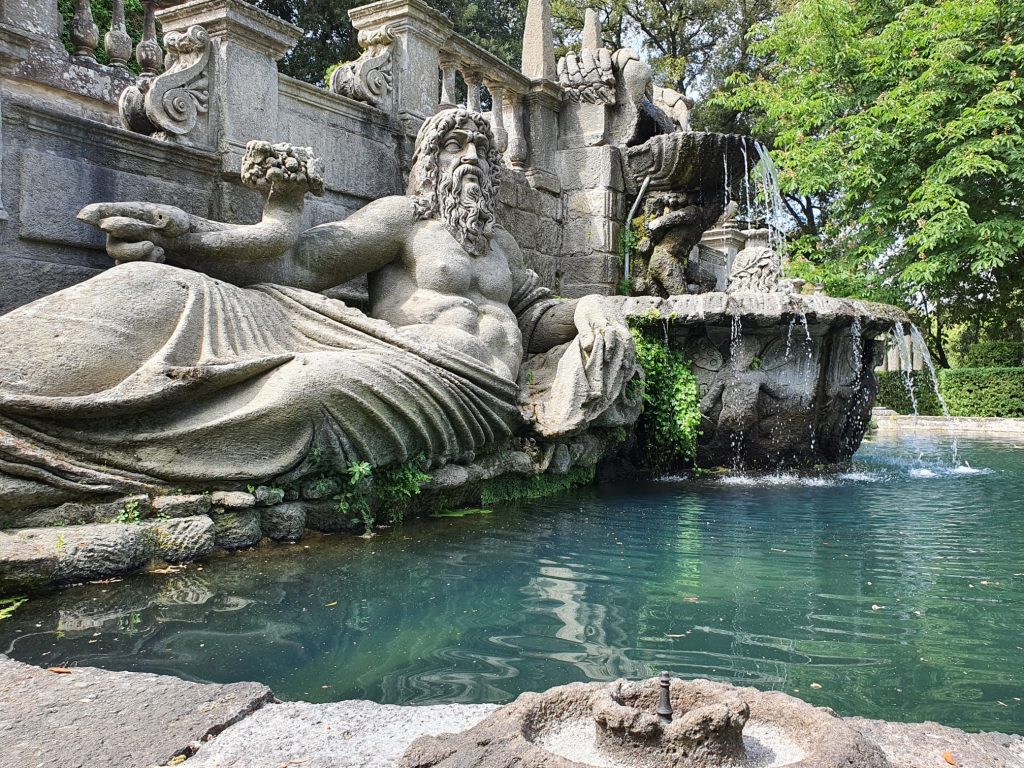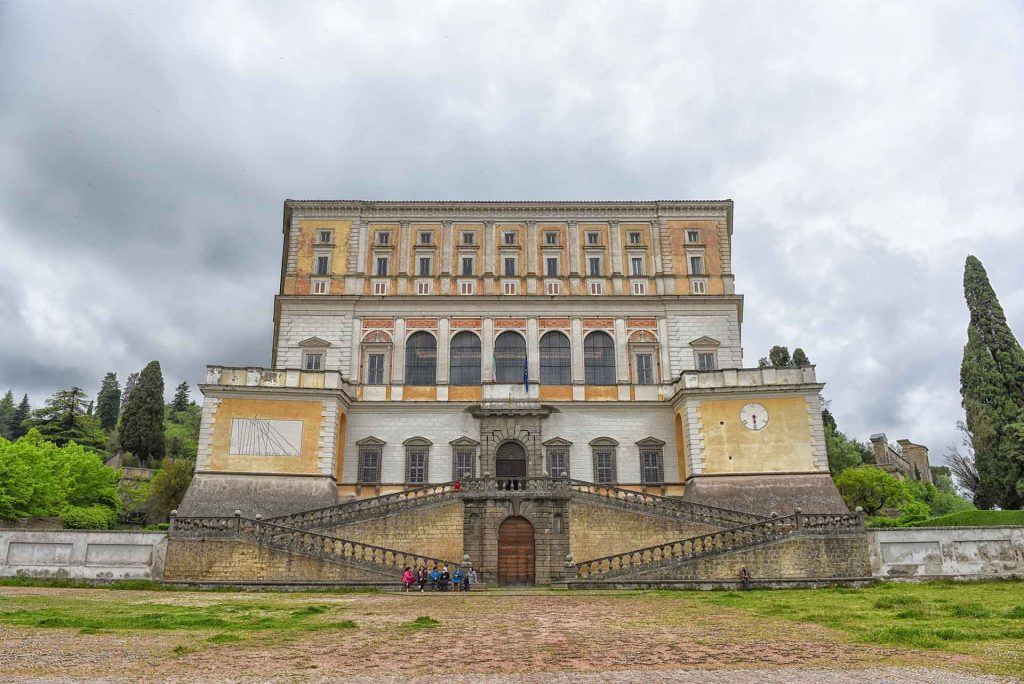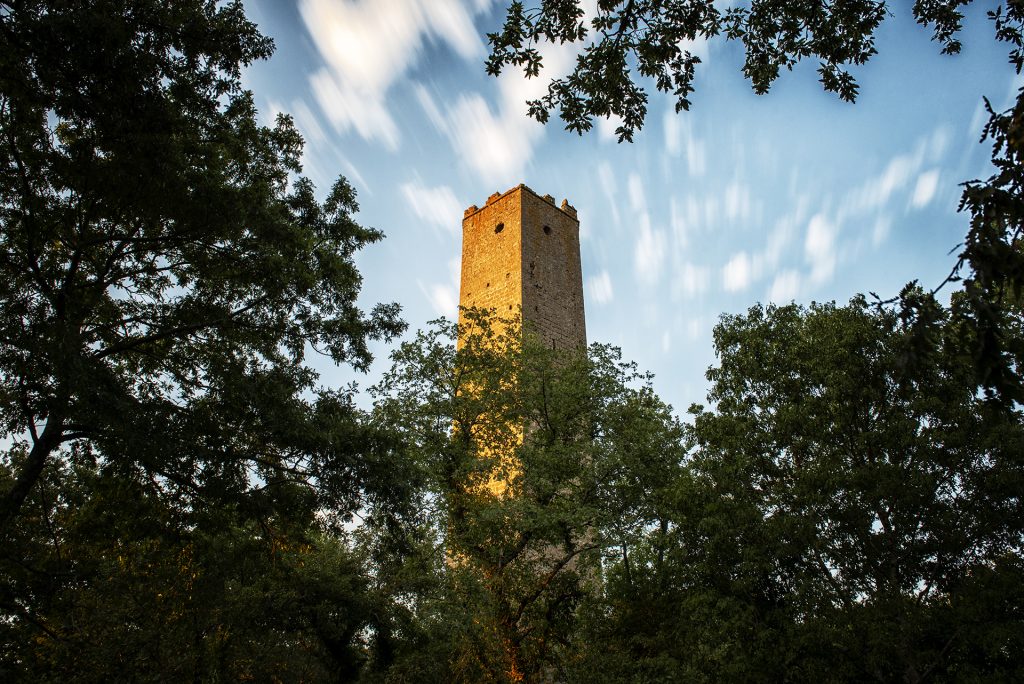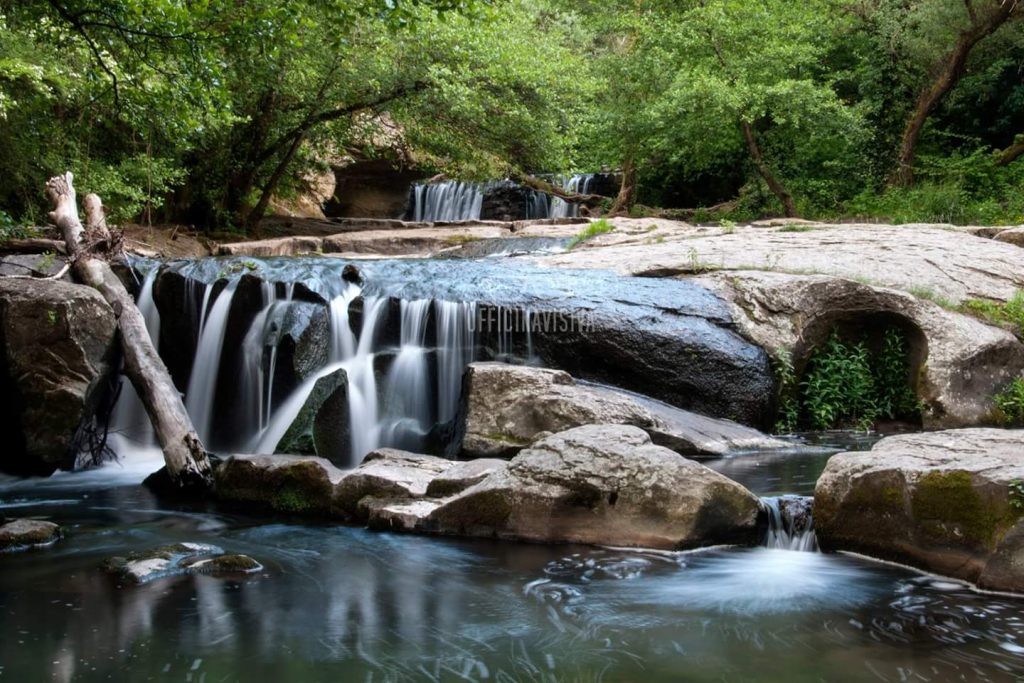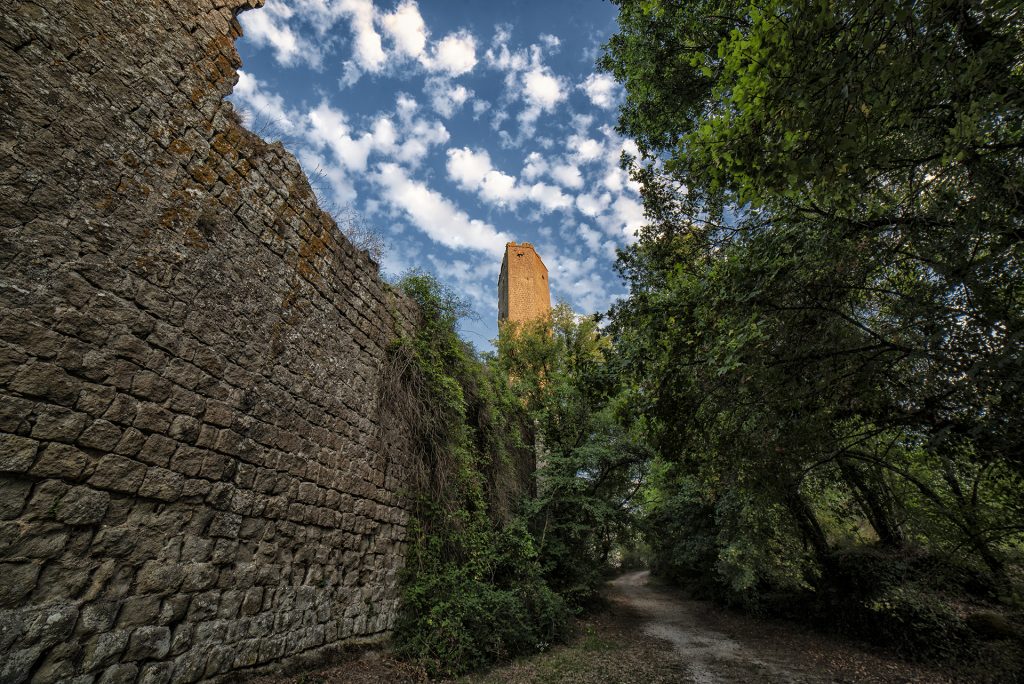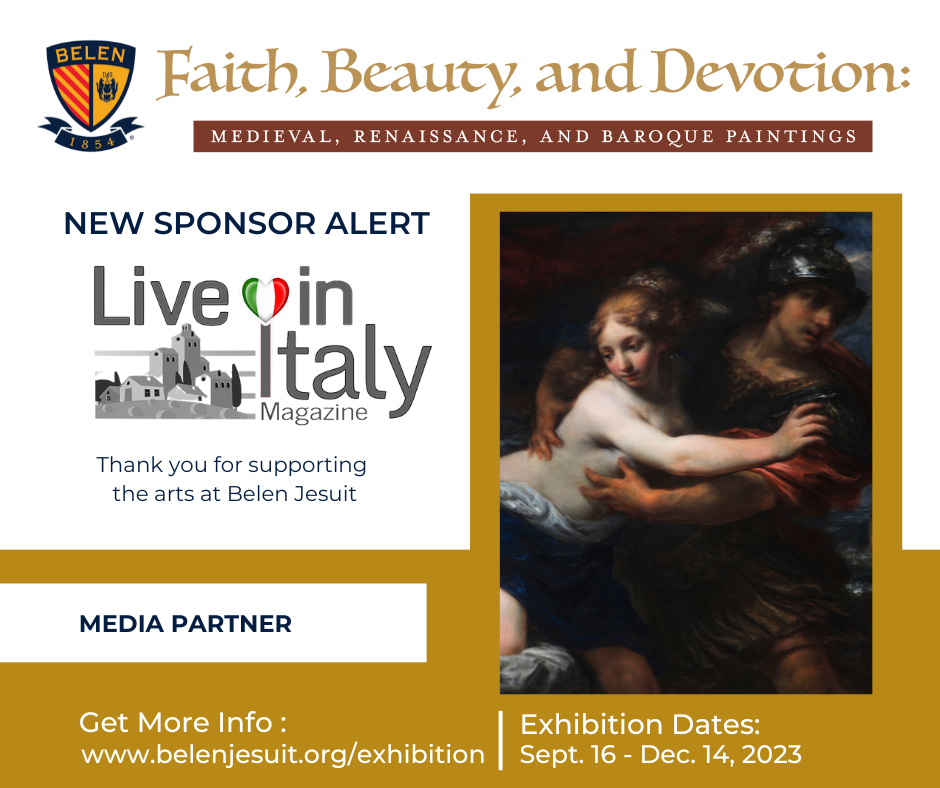Since the 1930s, Tuscia has been considered one of the best Italian film locations. Today it is also a destination for film tourism and those who want to explore the sets of famous international movies.
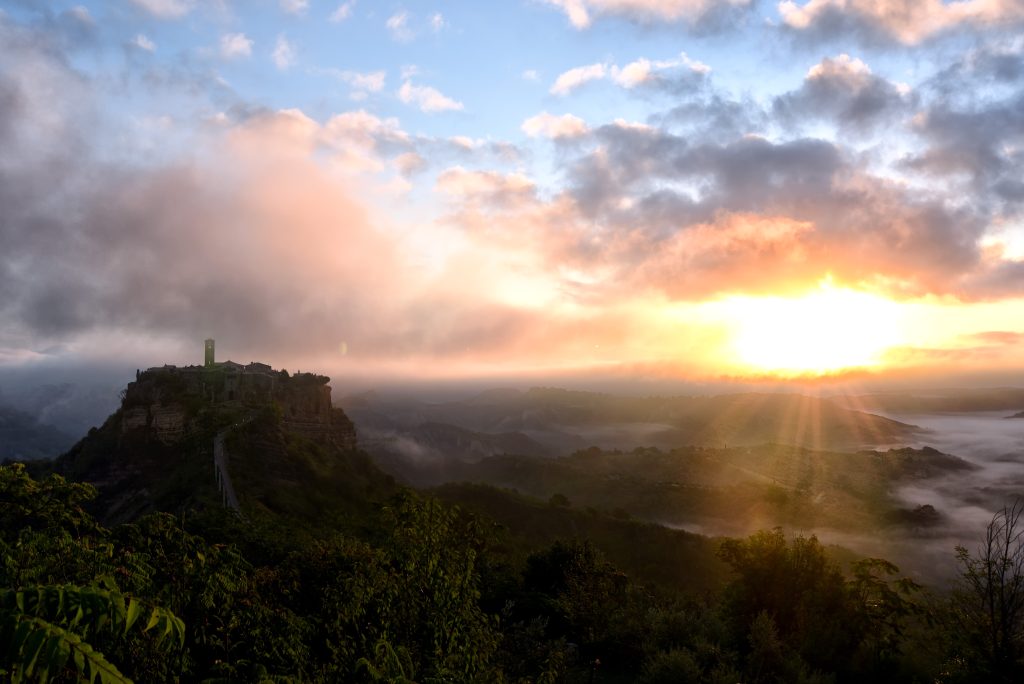
Over the years, Tuscia has attracted many internationally renowned movie directors of such as: Fellini, Francis Ford Coppola, Orson Welles, Sorrentino, Michael Hoffman, just to name a few. Film casts have also included American actors such as Dustin Hoffman (I Medici, RAI fiction), Jude Law, John Malkovich and Diane Keaton (TheYoung Pope by P. Sorrentino), George Clooney (Catch-22, television series), and Al Pacino (The Godfather III by F. F. Coppola).
Why is Tuscia one of the best destinations for film tourism in Italy?
Nature, breathtaking views, medieval architecture, sumptuous noble gardens, historic palaces, and castles are part of Tuscia’s spectacular heritage. Thanks to its proximity to Rome, this natural cinematic environment is considered ideal for any film production. Indeed, the Eternal City hosts Cinecittà Studios — the hub of Italian cinema. With its area of 400,000 square meters (99 acres), it is the largest film studio in Europe. It is therefore easy for film companies to move between Rome and Tuscia to set their films with also a reduction in costs.
The famous American director, screenwriter, and film producer Michael Hoffman, interviewed by La Repubblica (Italian national newspaper) said:
“If it were for me, I would shoot all my films in Tuscia. It is an area that inspires you. Its history, art, and culture assault your senses. They seem to beg you to tell their stories and use their evocative environments”.
Most used sceneries and locations
Fellini directed most of his films in the historic center of Viterbo but also in other small villages such as Civita di Bagnoregio, Castel Sant’Elia, and Capranica. A scene from the famous film La Dolce Vita (1960), which portrays a party in a noble villa, was shot in Bassano Romano.
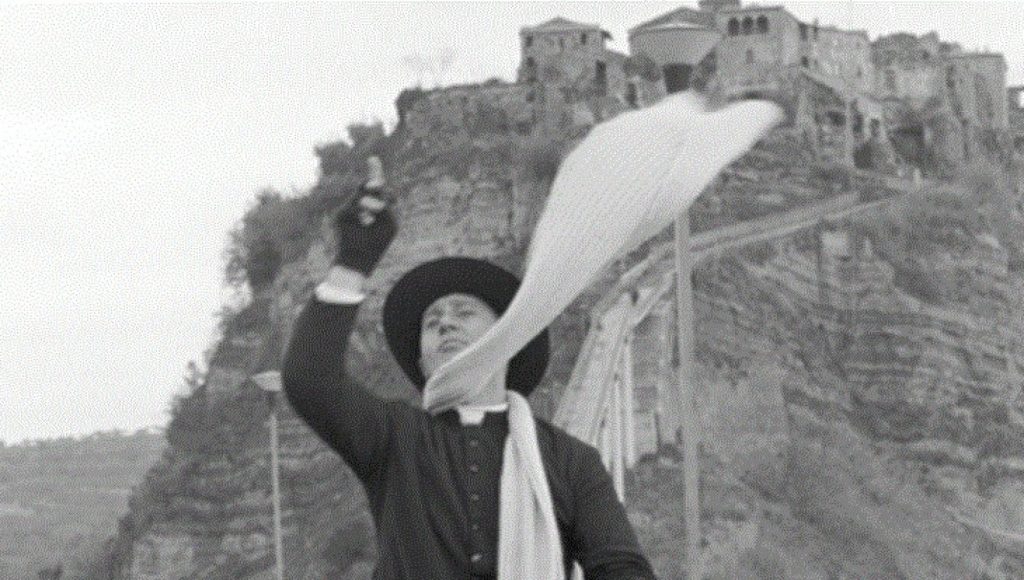
Originally from Rimini, Fellini also loved Ostia (Suburbs of Rome) and Viterbo. Fellini considered the area including these three cities as the triangle of his life. Many locations in this area have become eternal and legendary thanks to the importance that this movie director has given to them.
Francis Ford Coppola
The Italian-American director Francis Ford Coppola chose the majestic Palazzo Farnese in Caprarola to shoot the opening scene of the film The Godfather III (1990). In the plot of this movie, the main character Michael Corleone, played by Al Pacino, receives an important honor from the Catholic Church. The movie director states that the well-preserved frescoes and circular architecture of Palazzo Farnese represent the Vatican’s power intrigues and inner conflicts of Michael Corleone, who tries in every way to close with his past.

Palazzo Farnese © Officinavisiva 
Giulia Marchetti © Adela Jackkson 
Palazzo Farnese © Adela Jackson 
@ Officinavisiva
Set in the Cimini mountaints, Palazzo Farnese is an architectural jewel. It was built for the powerful Farnese family in the sixteenth century. With its fabulous interiors and gardens, it is a place not to be missed.
Villa Lante
The great film production directed by the Oscar-winning Paolo Sorrentino chose Villa Lante in Bagnaia to shoot, with a great international cast, the two world-famous TV series: The Young Pope (2016) and The New Pope (2019).
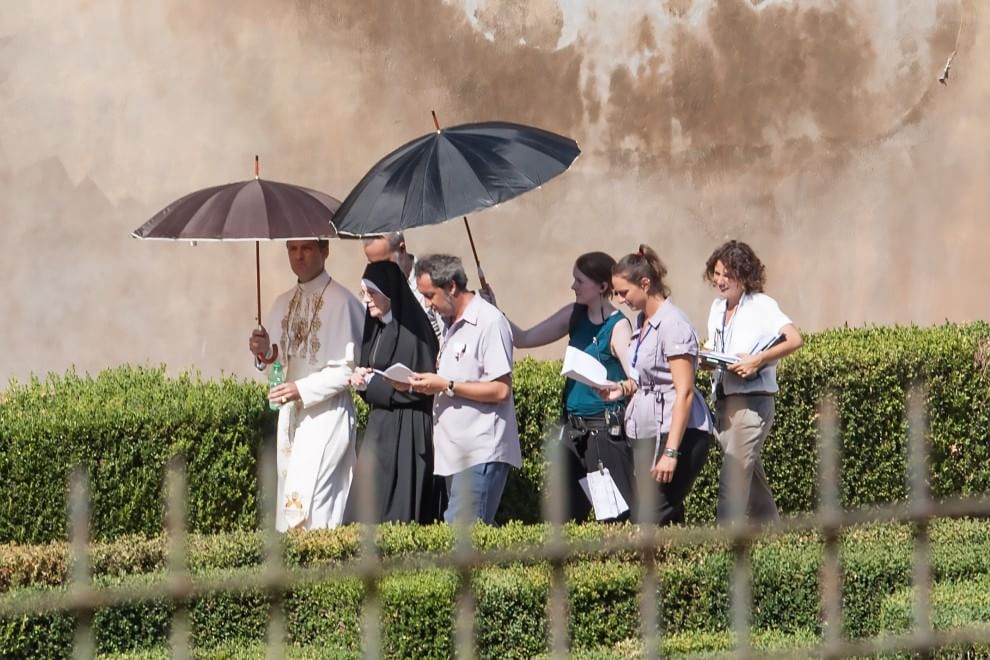
It has a visionary plot in which the first elusive American pope in history is elected:
A young cardinal, Lenny Belardo, becomes pope of the Catholic Church when machinations of the leading contenders to gain the position themselves fail. He takes the name of Pius XIII and proceeds to challenge the established traditions and practices of the Vatican.
The director chose Villa Lante to represent the Vatican Gardens because, according to him, the richness and beauty of these gardens in Tuscia are superior to that in the Papal State.




Villa Lante © Giulia Marchetti
Villa Lante is one of the most famous Italian Mannerist gardens of the 16th century. A large public park surrounds the heart of these gardens made of hedges with perfect geometric shapes, fountains and water features, majestic sculptures, and ancient trees. It is the right location to chill out and breathe nature’s perfumes.
Directors buy new homes in movie locations
Sometimes for a director, a great location to shoot a movie can also become a nice place to live.
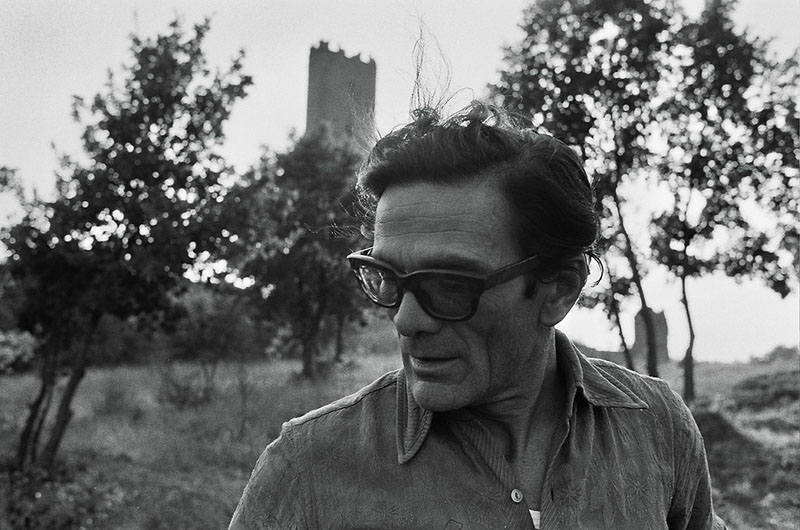
This is the case of the famous Italian director, poet, and writer Pier Paolo Pasolini, who fell in love with the nature, woods, and countryside near the little village of Chia. After choosing this place as a movie location, he ended up buying an enchanting tower—all that is left of the 13th-century Castle of Collecasale. In fact, in 1964, Pasolini chose a magnificent waterfall adjacent to this tower as a set to shoot a scene of the film Il Vangelo Secondo Matteo (The Gospel According to Matthew). Critics consider this film to be a cinematic masterpiece. Martin Scorsese judged it as “The best film about Christ”.
The film faithfully recounts the life of Jesus through the words of the evangelist Mark. The director chose also some local farmers as actors to better show the rural soul of Tuscia and the genuineness of its inhabitants.




Pasolini Tower © Officinavisiva
The tower also became the director’s retreat and source of inspiration to write his final novel Petrolio (Petroleum). Though, sadly, the manuscript remained uncompleted because he died under mysterious circumstances on the night of November 1, 1975, on a beach in Ostia (Roma).
After Pasolini’s death, the tower experienced sad vicissitudes between looting and attempts to sell to private individuals. Recently the Sicilian actor Gabriele Gallinari decided to live in this iconic place to preserve the memory of Pasolini. Gallinari made the tower accessible to the public after restoring it.
Tuscia is also a land of independent directors
In Tuscia, cinema is also expressed through numerous film festivals, art reviews, photographic exhibitions. workshops, forums, and master classes. Film screenings usually take place in the summer. Viterbo’s beautiful squares and province are transformed into open-air cinemas. At the most important festivals it is possible to meet actors, directors or producers.
Tuscia also gives a lot of space to independent young directors through movie contests dedicated to short films. For this reason, Tuscia is considered a springboard for young cinema talents.
So, what you are waiting for? Come to Tuscia and live your personal experiences at these movie locations. Your memories will become your best movie ever!

